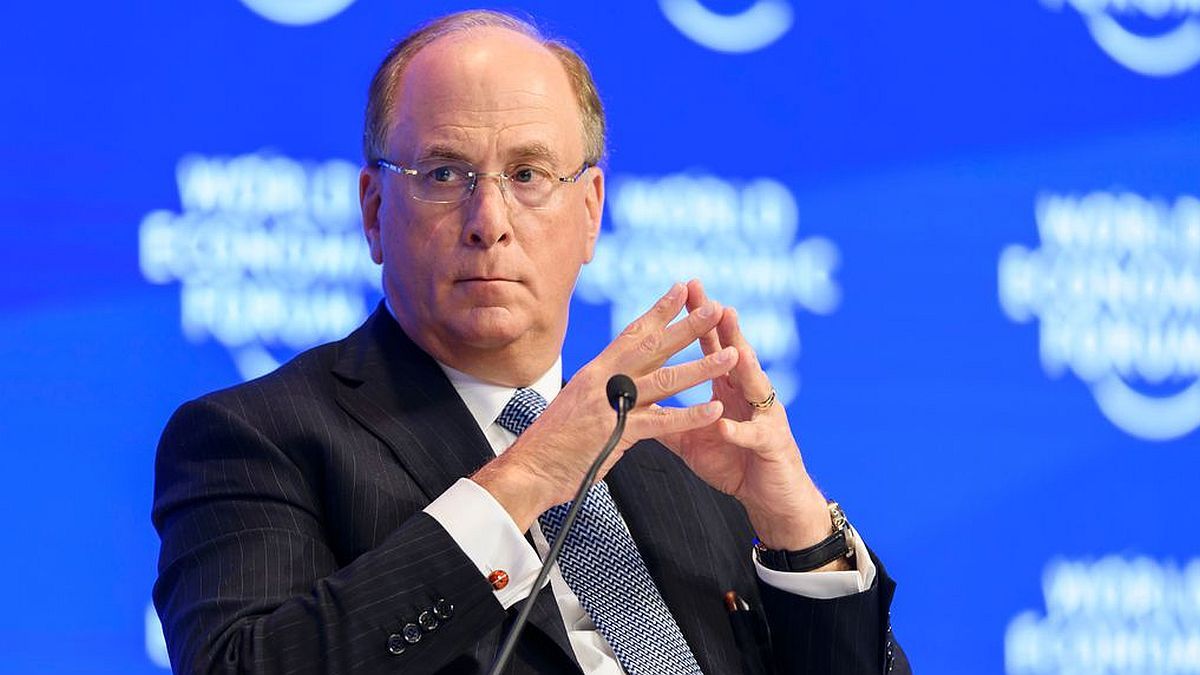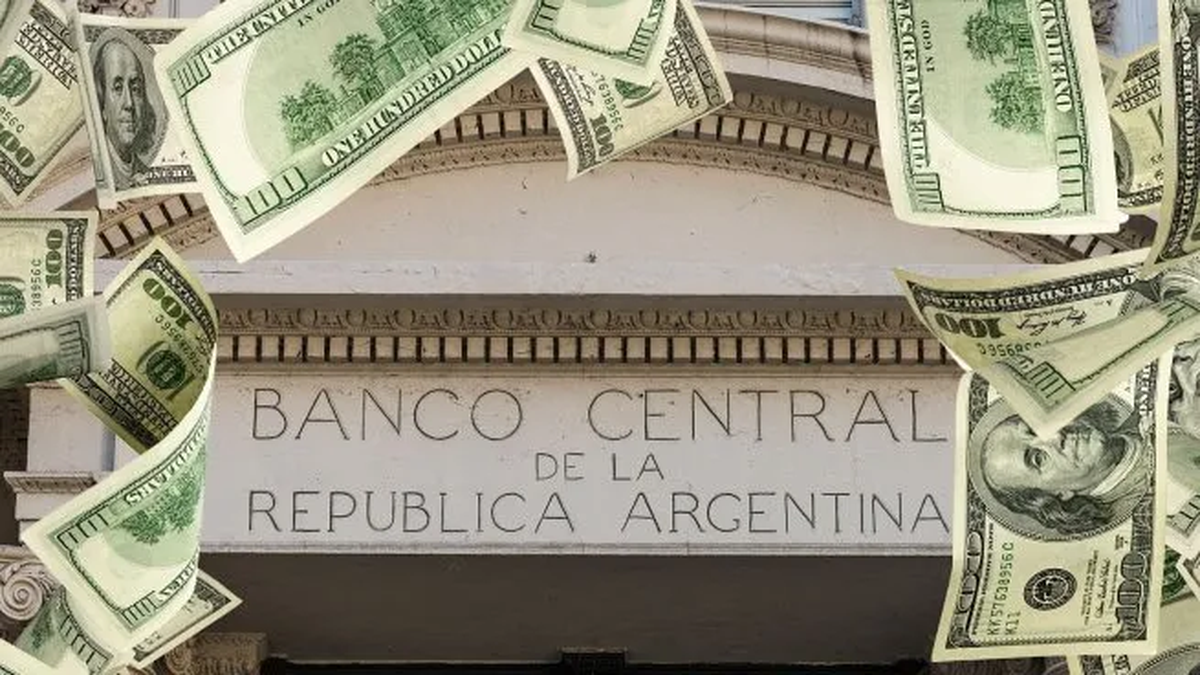A dramatic election night in Denmark ends with an extremely slim majority for the left-wing camp around Prime Minister Frederiksen. Nevertheless, she submits her resignation. There are exciting weeks ahead of Copenhagen.
After a parliamentary election that was exciting up to the last minute, Denmark is facing complicated and lengthy government negotiations. Despite a razor-thin majority for the left-wing camp surrounding her ruling Social Democrats, Prime Minister Mette Frederiksen submitted the resignation of her minority government to Queen Margrethe II on Wednesday.
This paved the way for the search for a new government constellation, which she wants to initiate on Friday with exploratory talks at her official residence in Marienborg, north of Copenhagen. There she will listen to the wishes and priorities from all sides, the 44-year-old social democrat told TV2 on Wednesday.
Denmark experiences dramatic election
Germany’s northern neighbor had previously experienced one of the most dramatic elections in its history on Tuesday. Until shortly before the end, forecasts and projections indicated that neither the red centre-left camp nor the blue centre-right alliance would achieve a majority. For a long time, former Prime Minister Lars Løkke Rasmussen and his new party, The Moderates, seemed to play a key role between the blocs on election night. After counting all the votes cast in the country, the picture then tilted to the left at the very last minute: the red block jumped to 87 seats, while the blue block came to 72. 16 seats go to Løkke’s moderates, who have positioned themselves in the political center between the camps.
90 of the 179 seats are necessary for a majority in the Danish parliament in Copenhagen. 175 of these mandates are awarded in Denmark, two each in Greenland and on the Faroe Islands, both of which are officially part of the Danish kingdom. The Faroese mandates were already split between the two blocs on Monday. As in the last six elections, the two Greenlandic mandates went to the red block early on Wednesday morning. According to the preliminary figures, the left camp has a minimal majority of exactly 90 mandates.
This is far from the end of the political drama in Denmark. Experts expect that the soundings will take weeks.
Frederiksen has led Denmark since 2019 with a minority government consisting only of Social Democrats, which has so far primarily relied on support from the left-wing camp in parliament. Now she is striving for a broad government across the political center, which is rare in her country.
What options does Frederiksen have?
Frederiksen has two options, political scientist Rune Stubager from Aarhus University told international journalists in Copenhagen on Wednesday. On the one hand, as she emphasized during the election campaign, she could actually try to find a broad government with parties from both political blocs. On the other hand, you can also rely on the narrow red majority.
Negotiations should initially be conducted primarily with the moderates of Løkke to see if common ground could be found, Stubager said. “But I think that will be difficult because the moderates then become the target of right-wing criticism as soon as they make any compromises.” Frederiksen also has an interest in taking the time to explore this option – then she can say that she tried but failed because of the others. In all likelihood, it is more likely that they will fall back on the thin red majority in the end.
Frederiksen himself did not want to go into detail in a debate with the leaders of the eleven other future parliamentary parties about what would be important in the negotiations. Only so much: “It takes some time. It will take compromises,” emphasized the 44-year-old. Nobody will get all their wishes fulfilled.
Social Democrats become the strongest force
Frederiksen’s Social Democrats were again clearly the strongest force in the election with 27.5 percent of the votes and their best result in over 20 years. The liberal-conservative Venstre fell from 23.4 to 13.3 percent, but remained the second strongest party. Stubager does not believe that Venstre boss Jakob Ellemann-Jensen will agree to a government with Frederiksen. Ellemann-Jensen himself said at the debate on Wednesday: “We don’t have to be in government together to work together.”
Despite missing out on the key role of kingmaker in the end, ex-Prime Minister Løkke is one of the big winners of the election. With 9.3 percent, his centrist-liberal moderates became the third strongest force on their debut – even though a few weeks ago they were at the two percent hurdle that parties in Denmark have to jump to enter parliament.
Source: Stern
David William is a talented author who has made a name for himself in the world of writing. He is a professional author who writes on a wide range of topics, from general interest to opinion news. David is currently working as a writer at 24 hours worlds where he brings his unique perspective and in-depth research to his articles, making them both informative and engaging.




